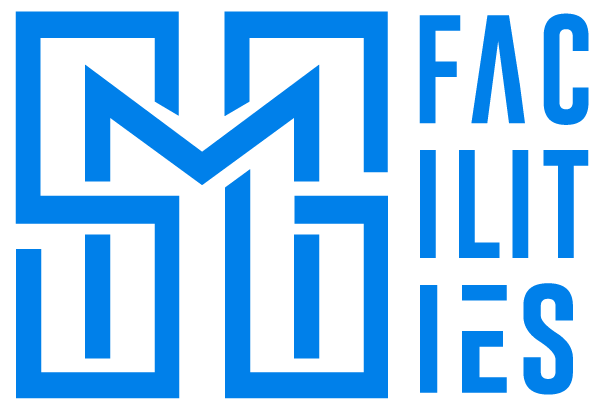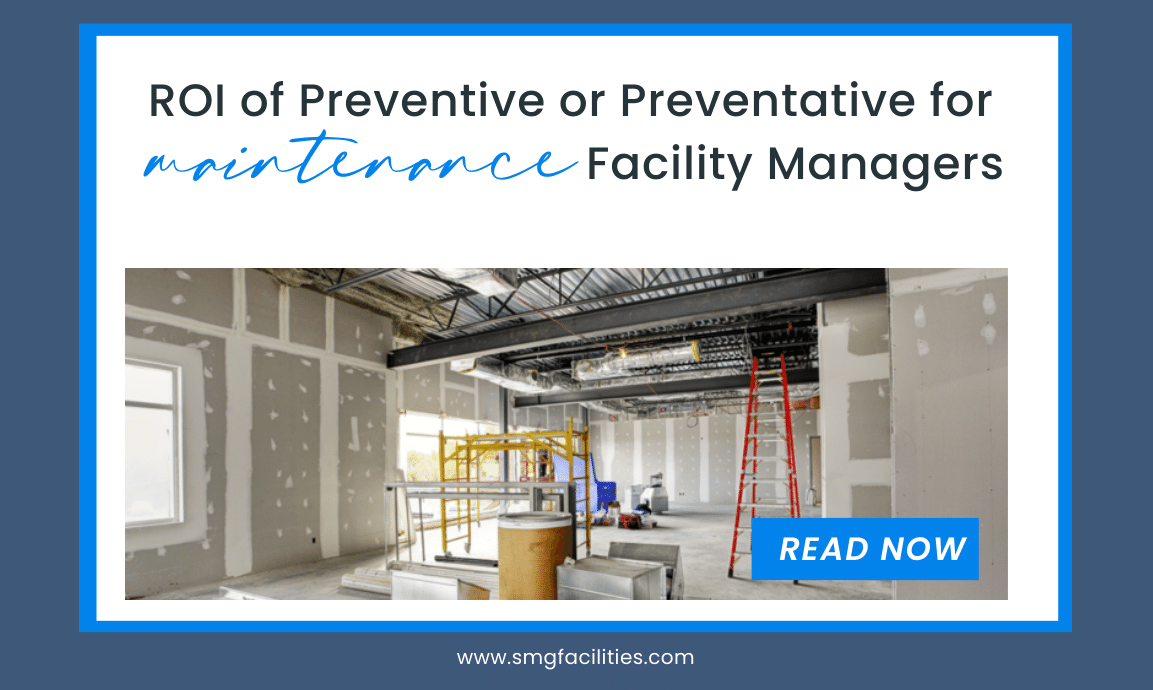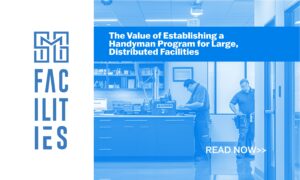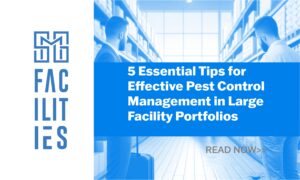Traditionally, much of the work done by facility management and repair teams has been a reactive-driven approach to dealing with breakdowns, repairs, and maintenance issues with multi-site operators.. However, this has proven to be an ineffective and expensive approach. Predictive maintenance has become a popular alternative as multi-site owners and managers look for ways to save time and money and improve ROI on portfolio investments.
24-hour facility management and preventive maintenance program use data and technology to identify potential maintenance issues ahead of time and keep things in good working order. The goal is to avoid a complete breakdown or failure and proactively deal with problems before they lead to business disruption or expensive repairs. With predictive maintenance, facilities can enjoy many benefits while enjoying the lower financial needs associated with preventive maintenance cost planning.
The True Cost of Reactive Maintenance in Facilities Management
Reactive maintenance and repair work has been the accepted norm for so long that many people do not realize the full expenses associated with this outdated approach to facilities management. Costs of reactive maintenance are significant as they often result in higher costs deriving from the cost of materials, parts, labor, etc. Since repairs too often go unchecked, the actual repair time associated with the resolution is extended, the costs rise, and the amount of work also skyrockets.
All of this results in increased costs to complete the repair and the costs of repairing other system components that suffered damage and breakdowns due to the domino effect of the neglected repairs. The lack of foresight means facility managers are constantly running, trying to put out fires, deal with crises, and urgently trying to keep downtimes as low as possible. The true cost of this approach can be hard to nail down, making it hard for managers to know what they are spending on a reactive approach. However, an accepted way to get an estimated cost of reactive maintenance is to take the original cost of repair and multiply it by itself.
So, something that would have cost management $20 to repair ahead of time to prevent the breakdown from occurring would cost $400 if it is allowed to go until a catastrophic failure occurs. Even a less intense estimation still clearly shows that a $20 repair that could have been dealt with early on can quickly become a $200, $300, or $400 repair, all due to poor management and failure to employ a preventive maintenance review approach.
What is a Facilities Preventative Maintenance Program?
Facility preventive maintenance, as already addressed, deals with predicting and preventing equipment failures before they happen to save time, labor, resources, and money. Also called planned maintenance, this upkeep method requires management and maintenance teams to rethink their approach to maintenance and repair work.
Operational managers often use facilities’ preventive maintenance checklists to ensure technicians correctly care for essential assets and that critical system component and equipment stay in as good a working condition as possible. Everything from the manufacturer’s guidelines, historical data, usage data, routine inspections, safety checks, and budgeting allowance can improve upkeep and ensure everything is running smoothly and effectively for as long as possible. An integrated facilities management plan is essential to continued growth.
Examples of Preventive Maintenance and Cost Management in Action
Preventive maintenance on a retail building is akin to many services performed on a near daily basis in other areas. Moving from a reactive approach to a preventative one is easier to see when compared to vehicle maintenance.
Preventative maintenance costs are easier to swallow if treated the same as the work done to keep a car running properly. Oil changes, break checks, engine cleaning, tire changes, and safety checks are all designed to keep your vehicle safe and operational. Checks on a retail building’s critical systems like heating and air, wiring, plumbing, fire suppression, structural integrity, leak detection, facade maintenance, and the like all work similarly. Those measures aim to prevent costly repairs in the long run and to make the assets last longer.
Understanding the Types of Preventive or Preventative Maintenance
Multi-site facility preventive maintenance usually ends up falling into one of the following scheduled maintenance categories:
- Calendar-Based Maintenance
This is a recurring work order typically carried out on a predefined cycle based on days, weeks, or other measurements since the last maintenance work was performed.
- Usage-Based Maintenance
This refers to maintenance done after a set number of uses, cycles, or operational hours have passed and is a common way of tracking maintenance and upkeep schedules.
- Predictive Maintenance
This analysis relies on historical data regarding use and breakdown frequency for the particular equipment to identify maintenance requirements and timing.
- Prescriptive Maintenance
This option is related to predictive maintenance, except for the additional use of dedicated software to alert management when potential issues occur ahead of schedule.
The time, labor, and money invested in a facility’s preventive maintenance program are well worth it. Understanding the balance between preventative maintenance costs and savings is critical for proper maintenance and management protocols.
The Cost of a Preventive Maintenance Program
it is essential to understand the actual costs involved as the maintenance will incur some costs. The upfront investment is almost always worth it in the long run. However, many multi-site owners and facility managers want to see more definitive numbers and figures. To help with this, the following formula can serve as a guideline for calculating preventative maintenance and repair costs: Investment Base = (Labor Cost Per Day x Days Open) + Annual Training Cost + Annual Professional Service Cost.
To understand and apply this formula for real-world commercial property damage management, consider the following estimated costs and operational data:
- Labor cost per day = $15 – the estimated cost to perform an hour of maintenance.
- Days open (annually) = 300 days- days that maintenance is needed on that system.
- Annual Training Cost = $75 – the costs incurred for training and updating team members.
- Annual professional service cost = $400 – yearly professional repair work.
With these estimated expenses, the formula ends up looking like this: Investment Base = ($15 x 300) + $75 + $400 = $4,975. This means the preventive maintenance cost for a system or equipment described above would be $4,975 per year. And when the work involves crucial systems, $5,000 is a drop in the bucket for what a catastrophic failure could cost to repair.
Cost Calculating a Preventive Maintenance ROI- Is it Worthwhile?
For facility managers who embrace predictive maintenance programs and an innovative approach to dealing with maintenance and repair needs before they get out of hand, the biggest question becomes- is it worthwhile? The answer is yes. When properly managed and monitored, small investments in keeping systems operational are profitable.
Even 3-5% savings can mean millions in yearly savings. The initial start-up will cost more and require shifts in budgeting and planning of resources, but in the end, it will result in more reliable operations. A well-executed facilities preventive maintenance program saves time and money, keeps systems running efficiently, lowers overall expenses, and keeps profitability high. Outsourcing facilities management and maintenance services can also increase profitability.
Benefits of Preventive Maintenance- Cost Savings
Cost-saving benefits of integrated facility management take on many forms and impact many areas of a retail operation and it’s management. Specific areas of cost savings include:
- Reduced Downtime and Breakdowns: properly maintained components will last longer with less downtime and long-term issues.
- More Targeted Maintenance: putting time, resources, and finances into areas that need it and have the best ROI improves the overall management of a distributed portfolio.
- Higher Overall Productivity: with less concern over sudden breakdowns and failures, work can continue as intended, and productivity can remain high.
- More Efficient Inventory Management: with a predictive maintenance plan, management can better track and monitor inventory, supplies, and production.
- Longer Life Expectancy of Equipment: tools, equipment, and vital systems will last longer and perform better with regular upkeep, ensuring a failure is not imminent.
- Reduced Safety Concerns and Risks: many systems within commercial buildings can cause severe damage or injury with an unexpected catastrophic failure.
- Better Sustainability Objectives: with better end-to-end visibility, management companies of all sizes can enjoy increased sustainability in daily operations, aligning with a company’s corporate ESG initiatives..
Improve ROI and Budget Management With Preventive Maintenance Cost Savings Today
Unlike reactive maintenance, preventive maintenance doesn’t involve waiting for something to go wrong before springing into action and taking care of things. Instead, considering preventive maintenance cost savings encourages management teams to schedule preventative care based on logical and practical factors. Establishing a facility preventive maintenance program represents progress and a step in the right direction for multi-site owners and managers. Contact SMG to learn more about setting up your preventative maintenance program for your distributed portfolio today!
